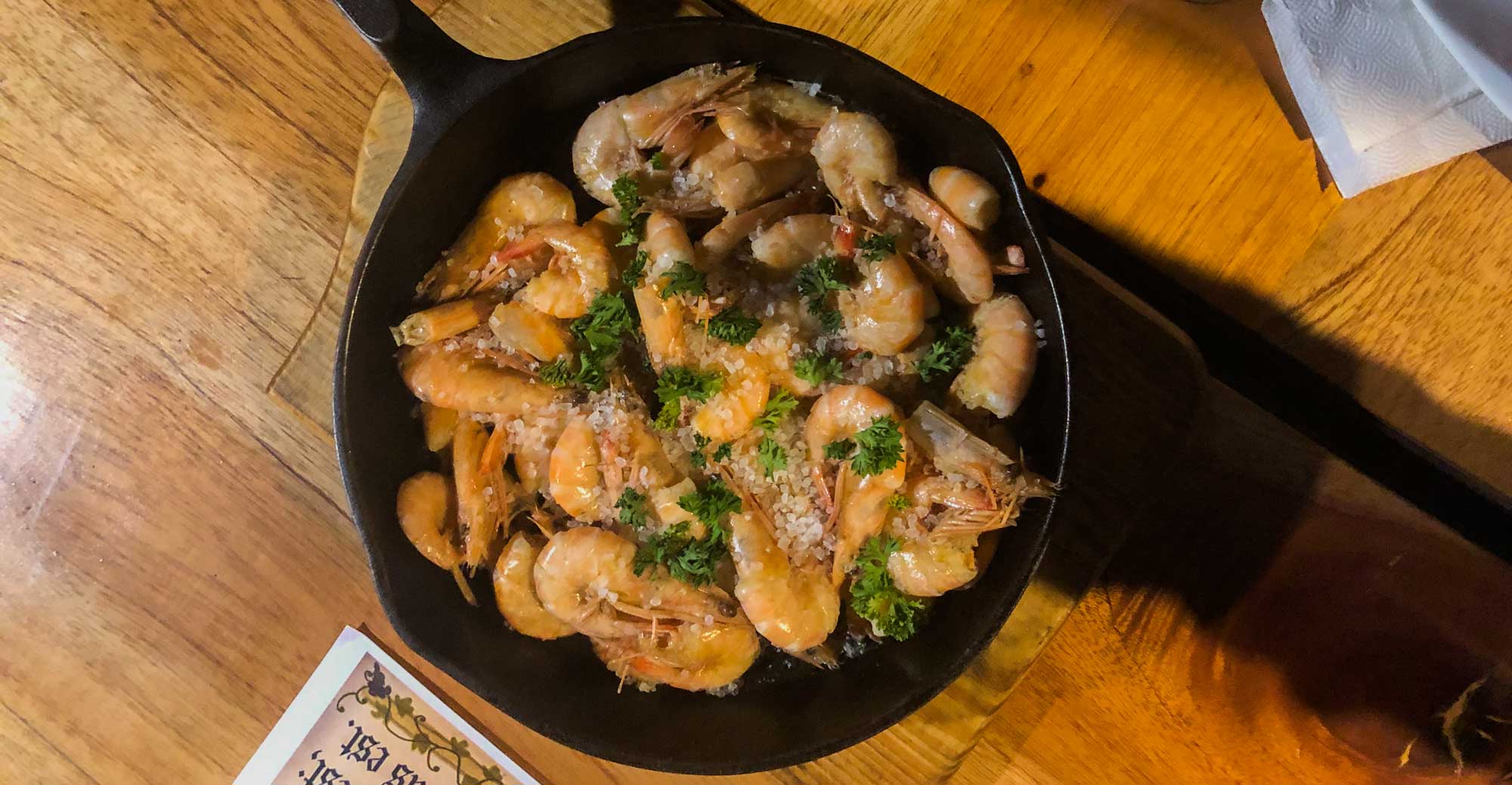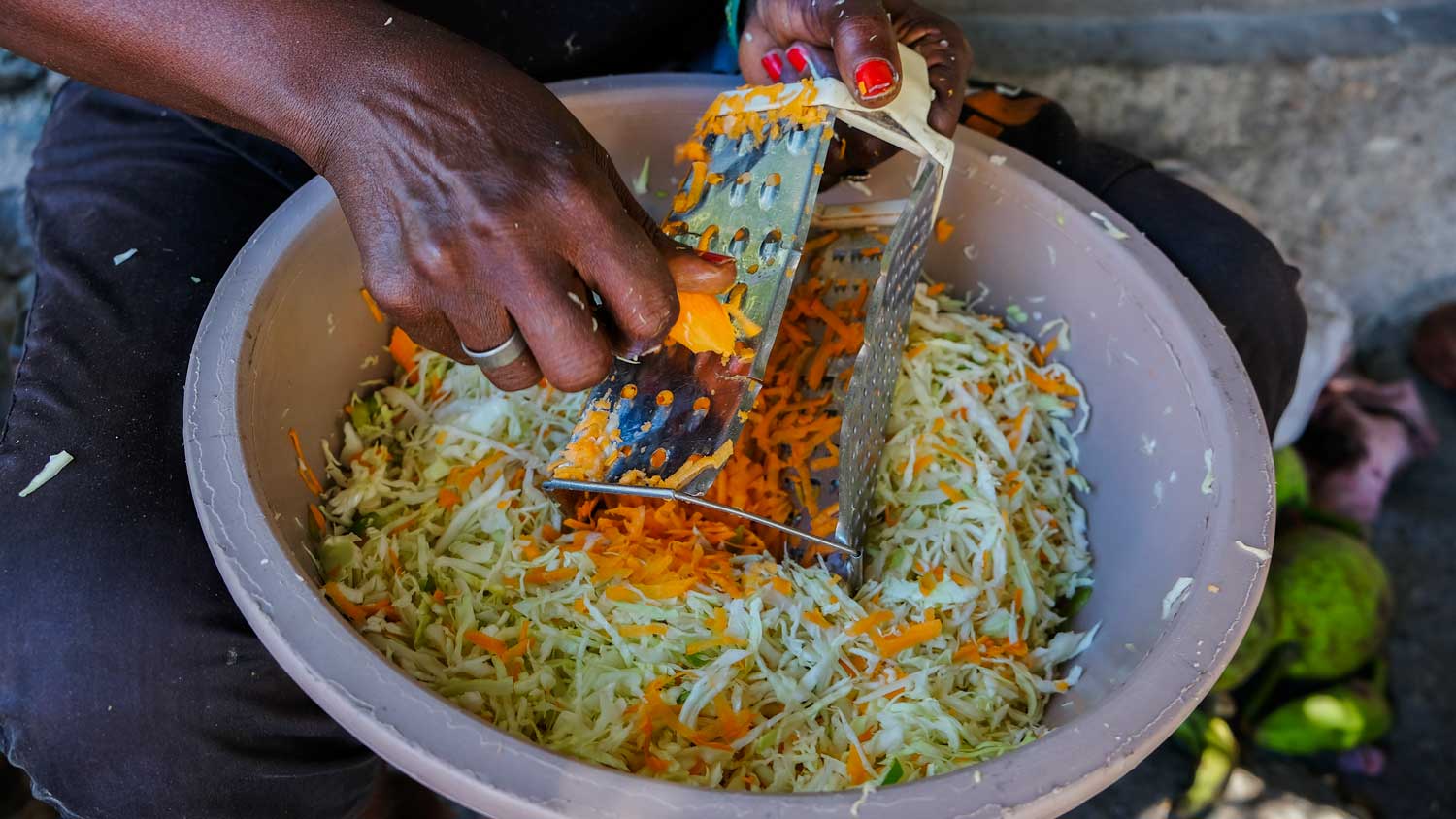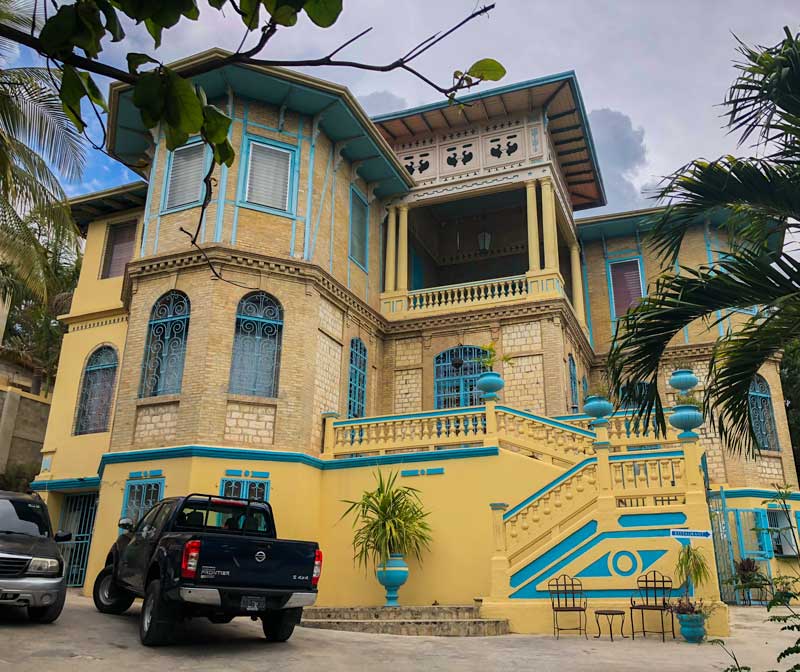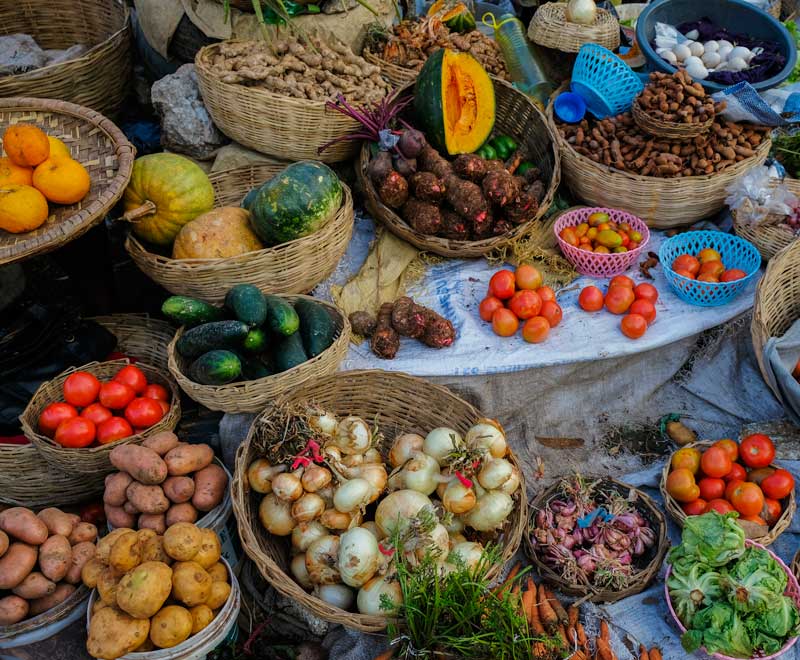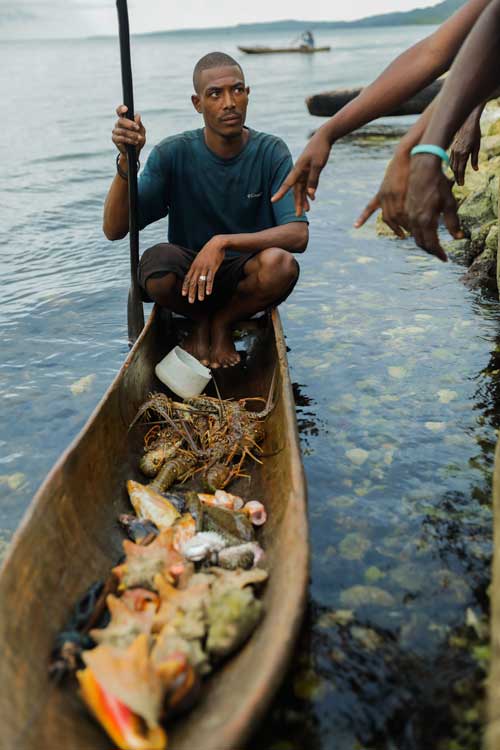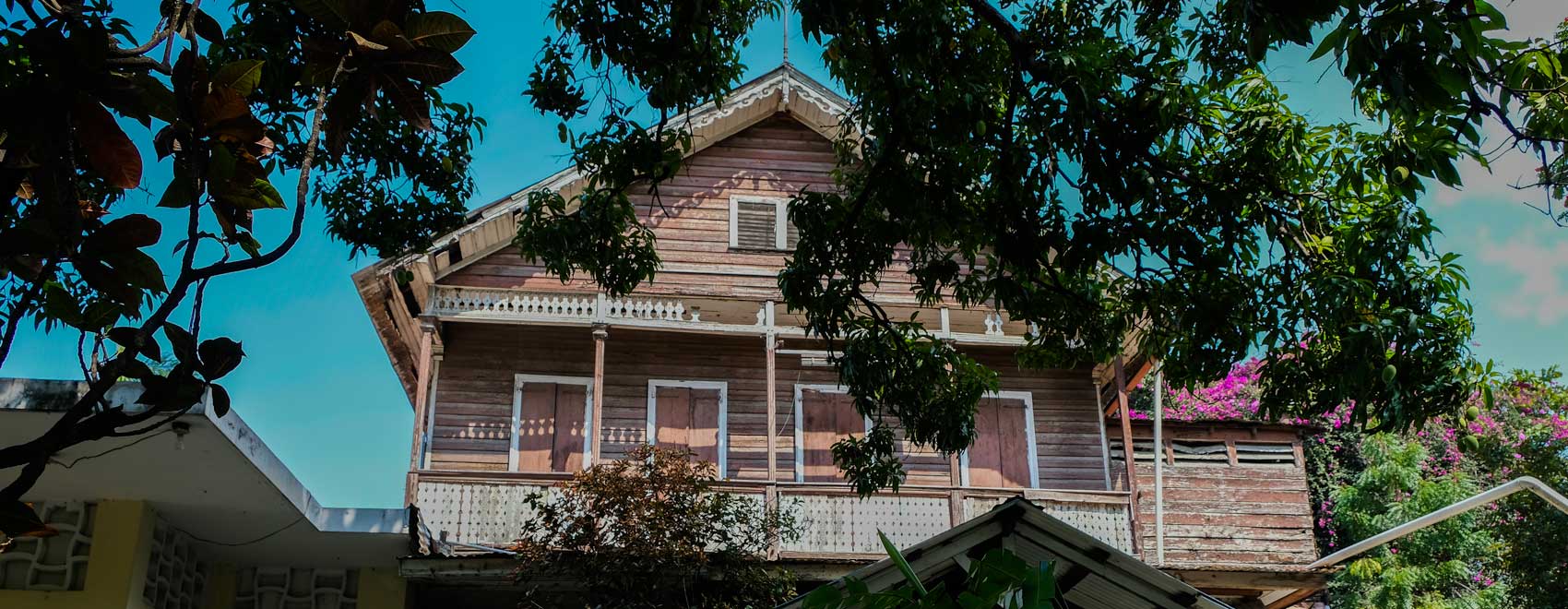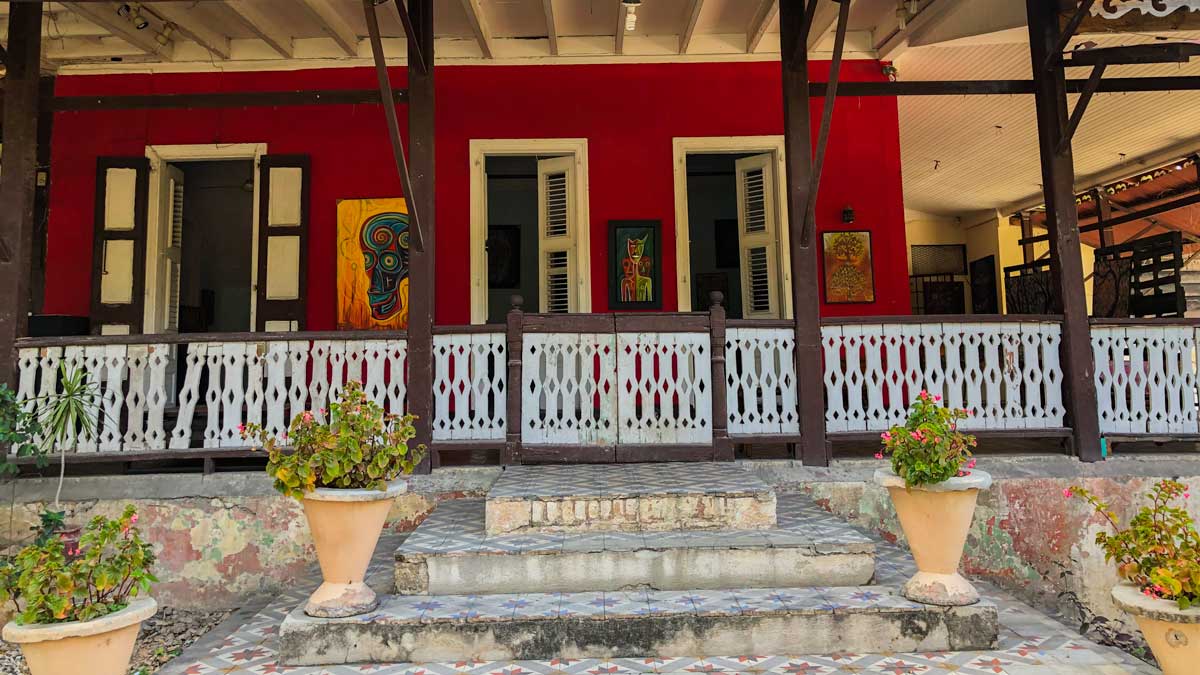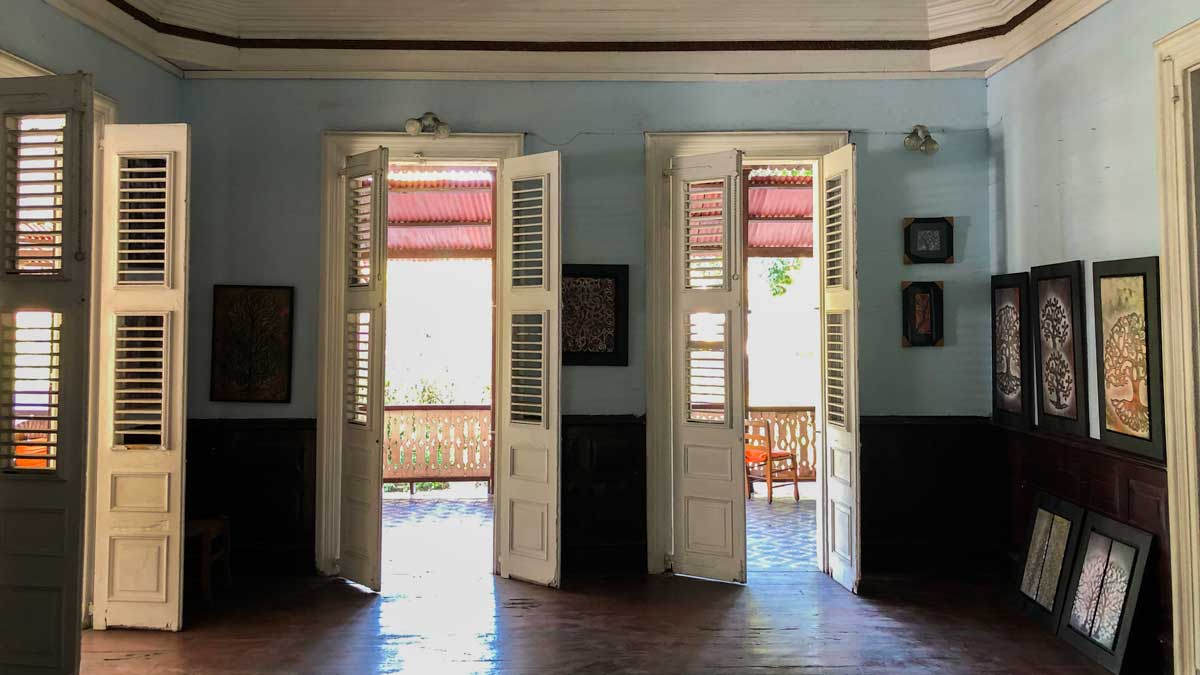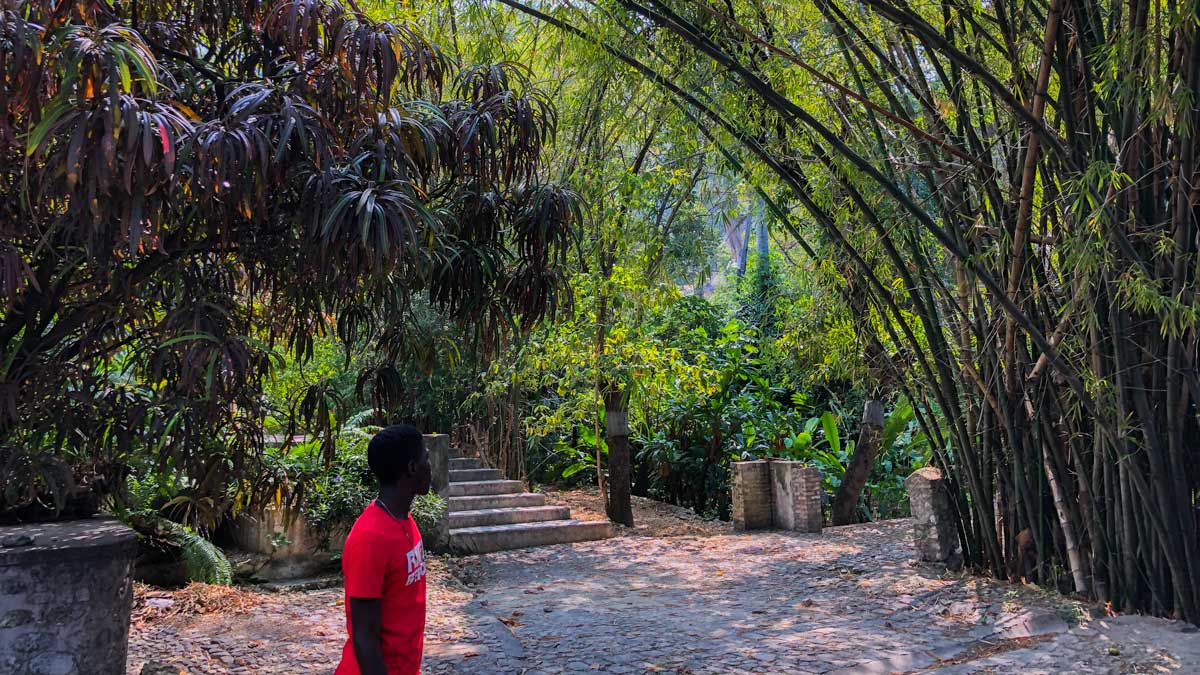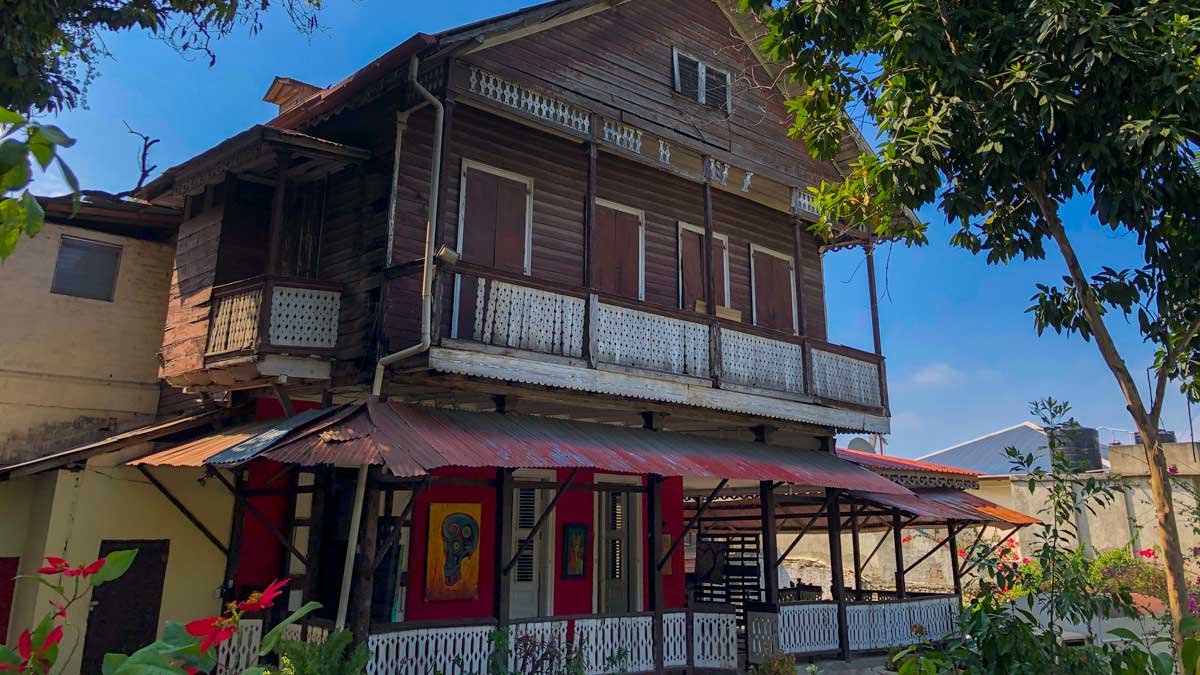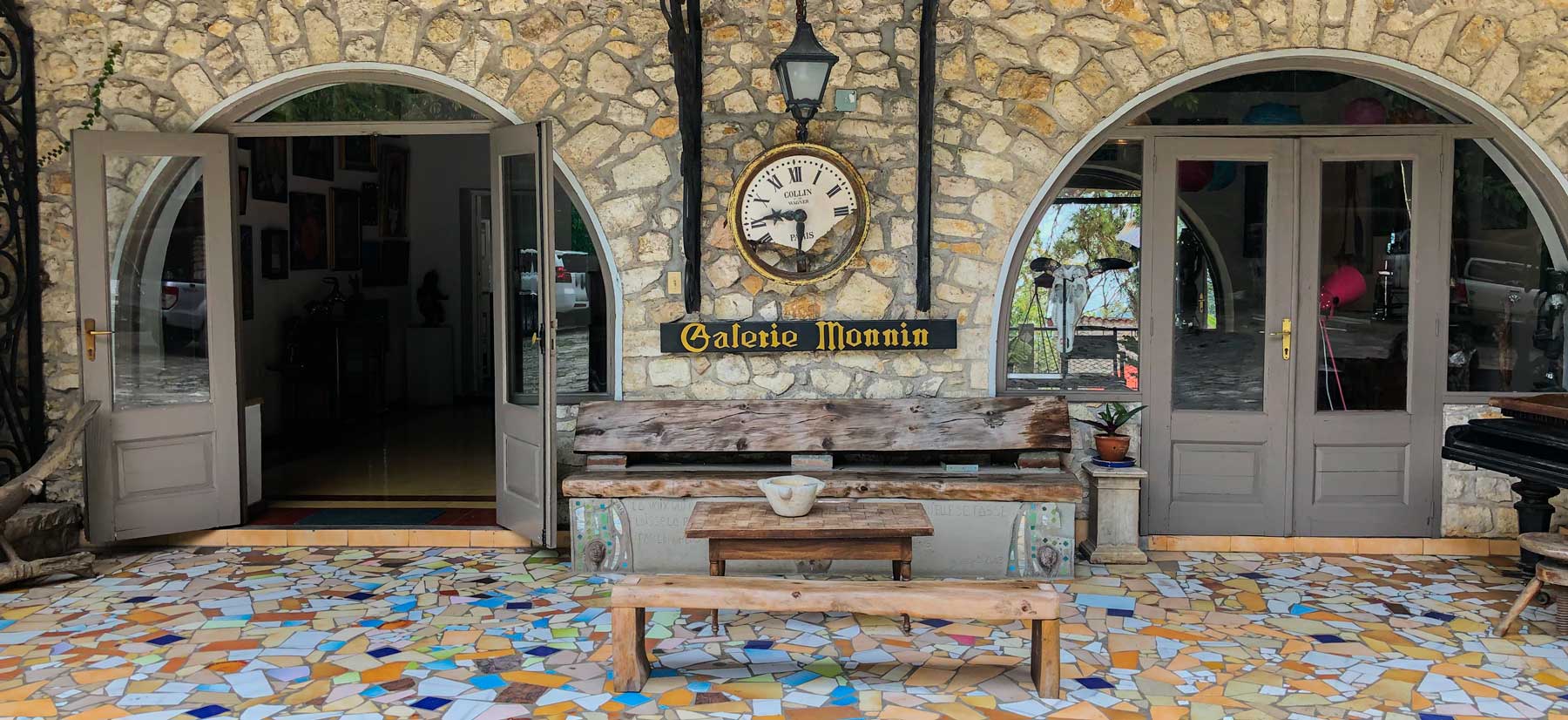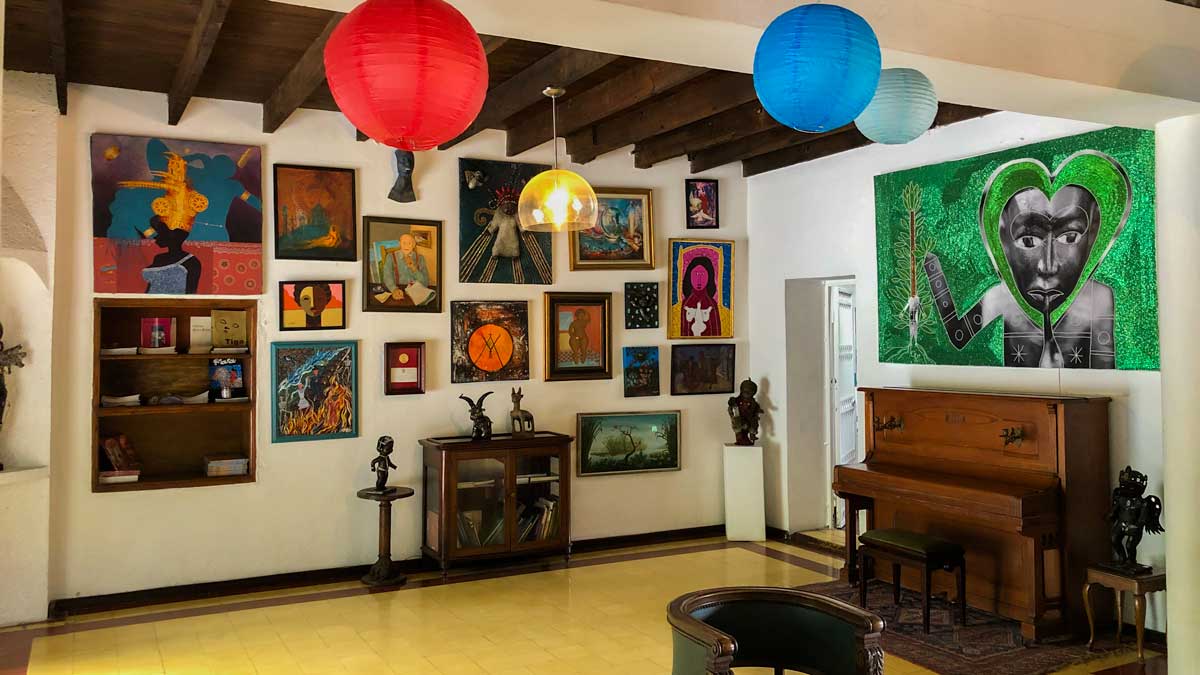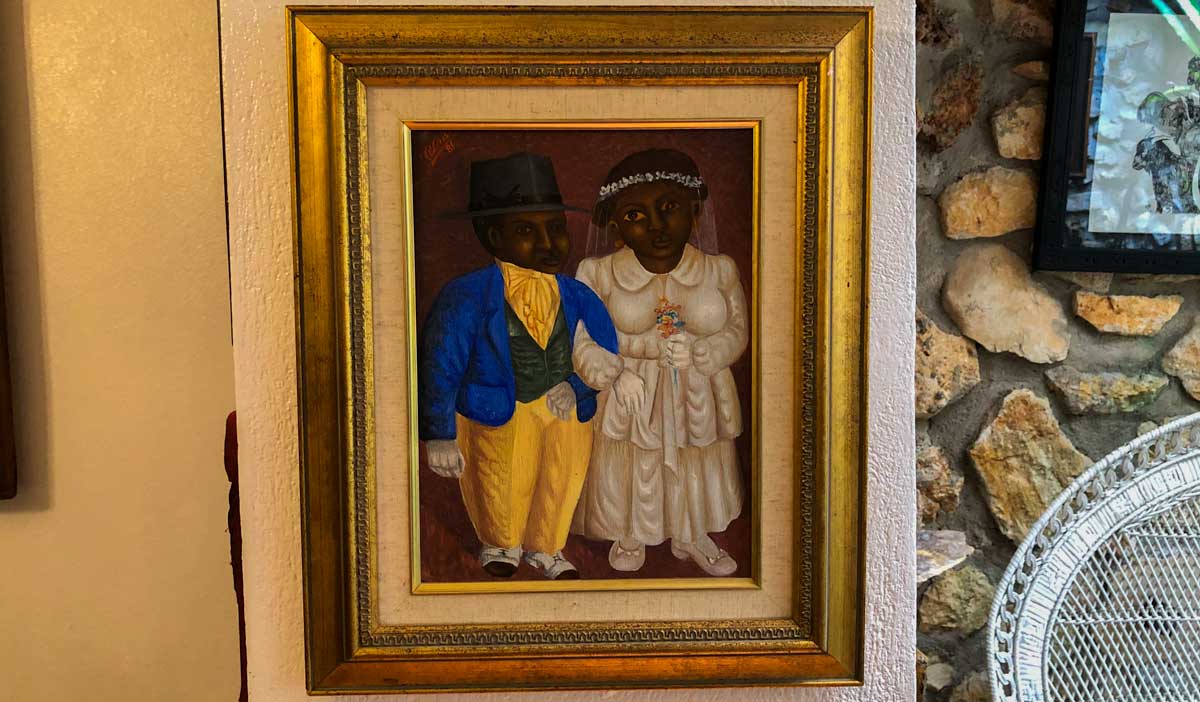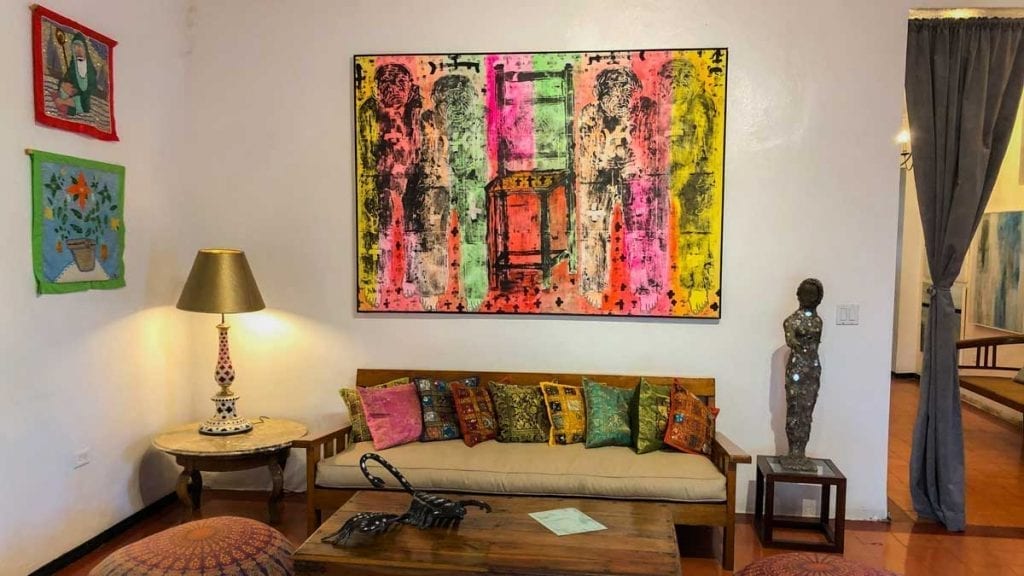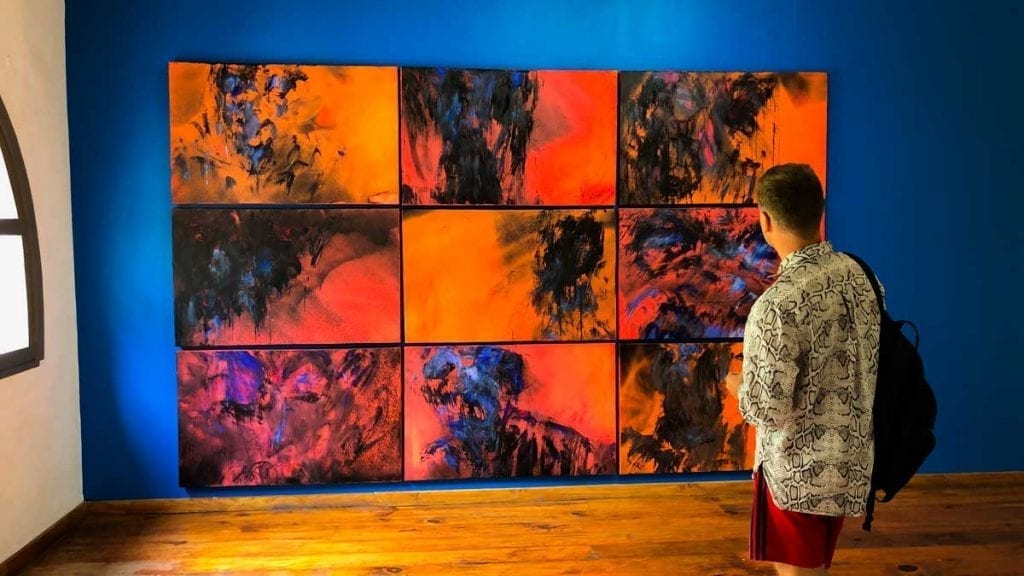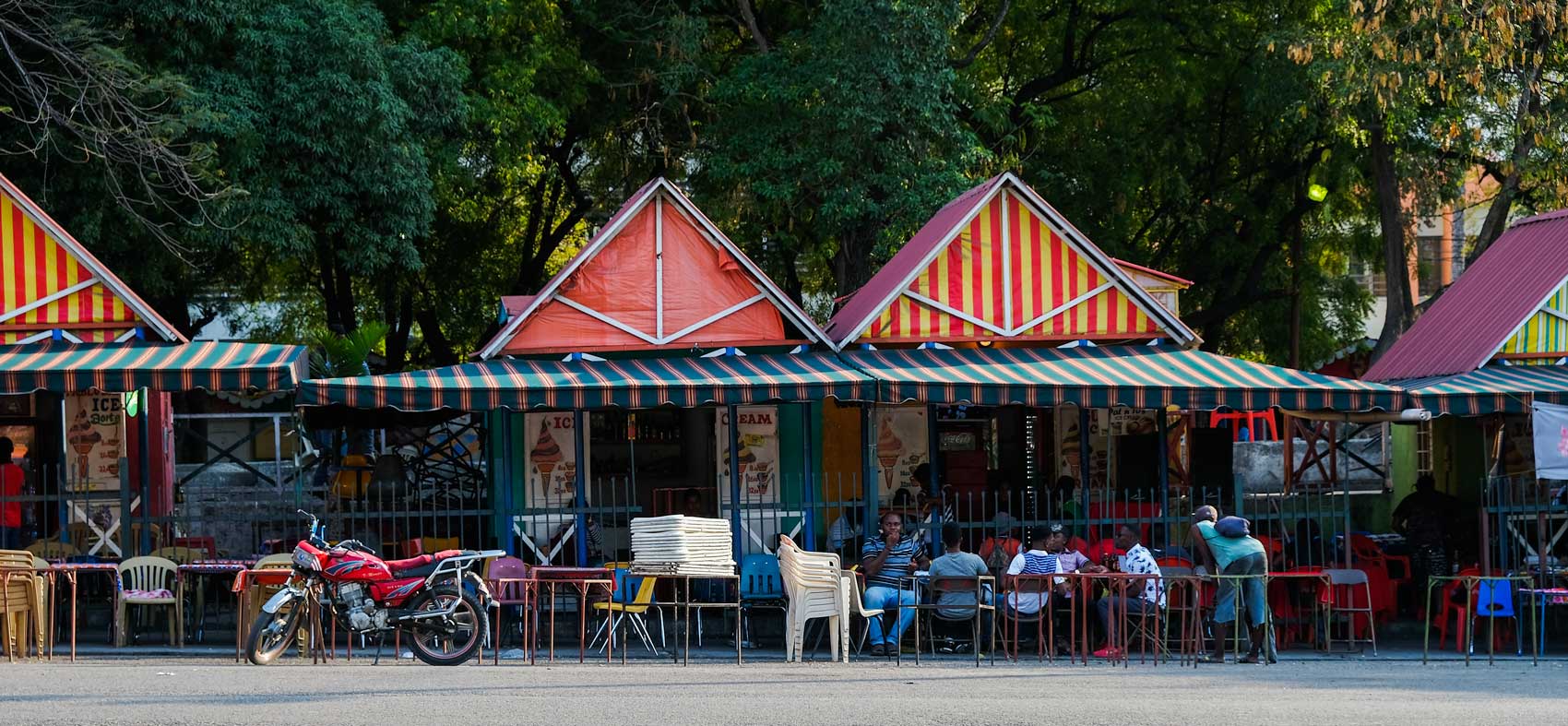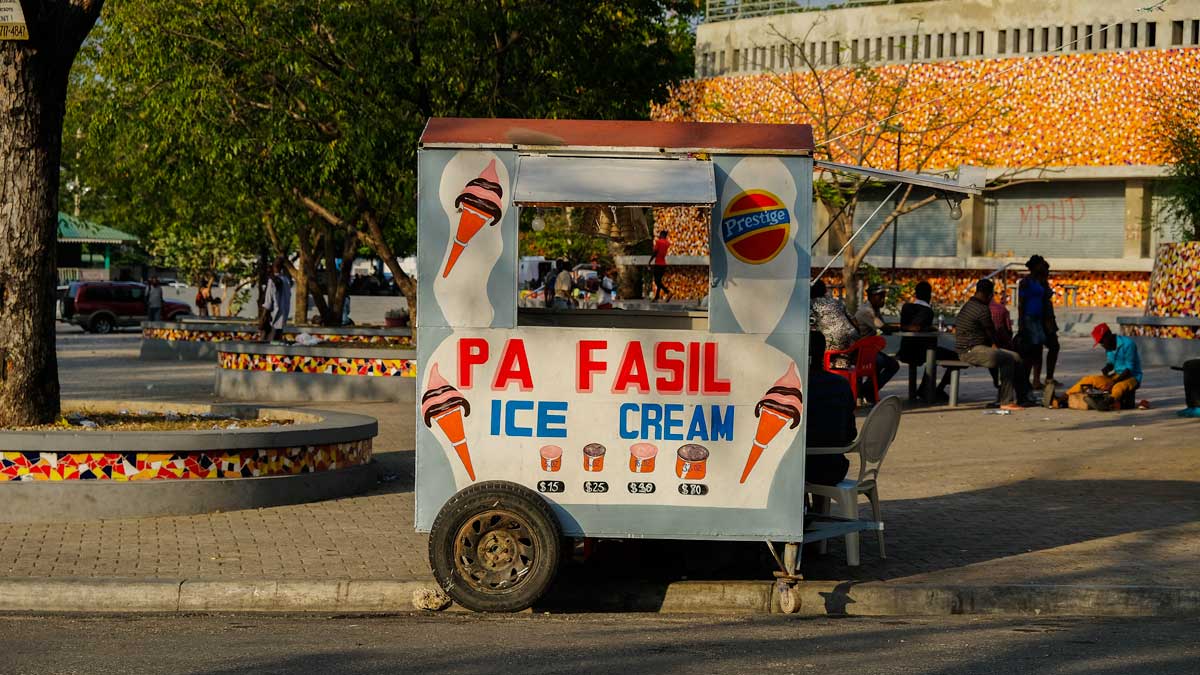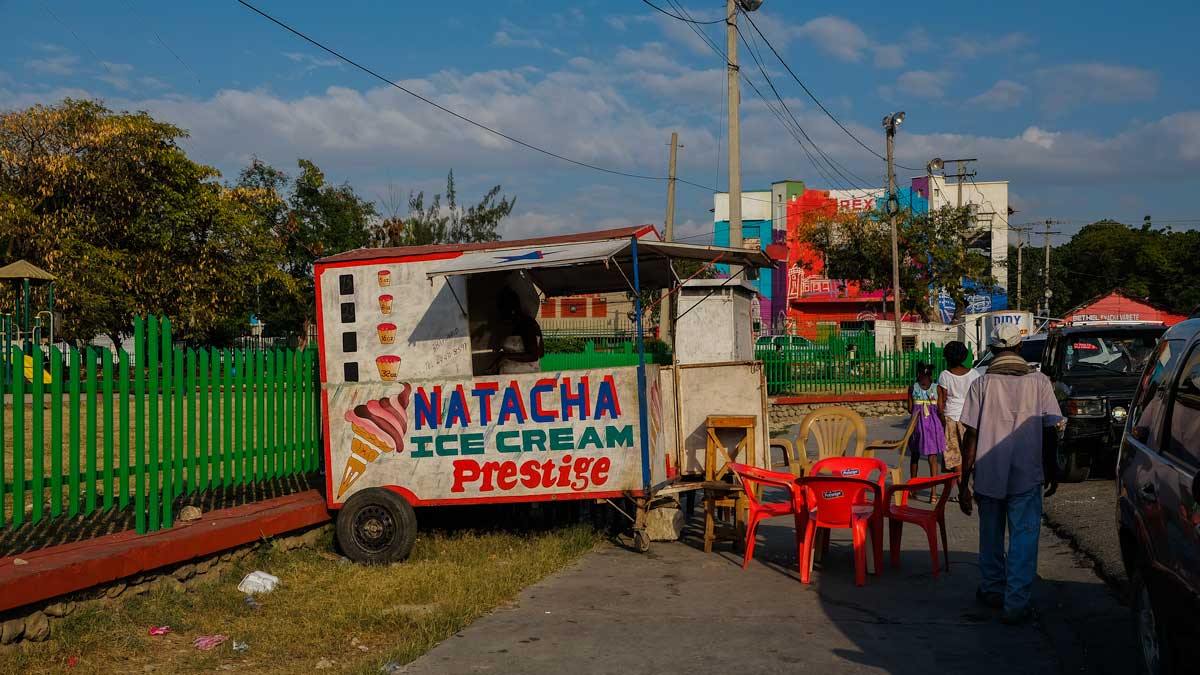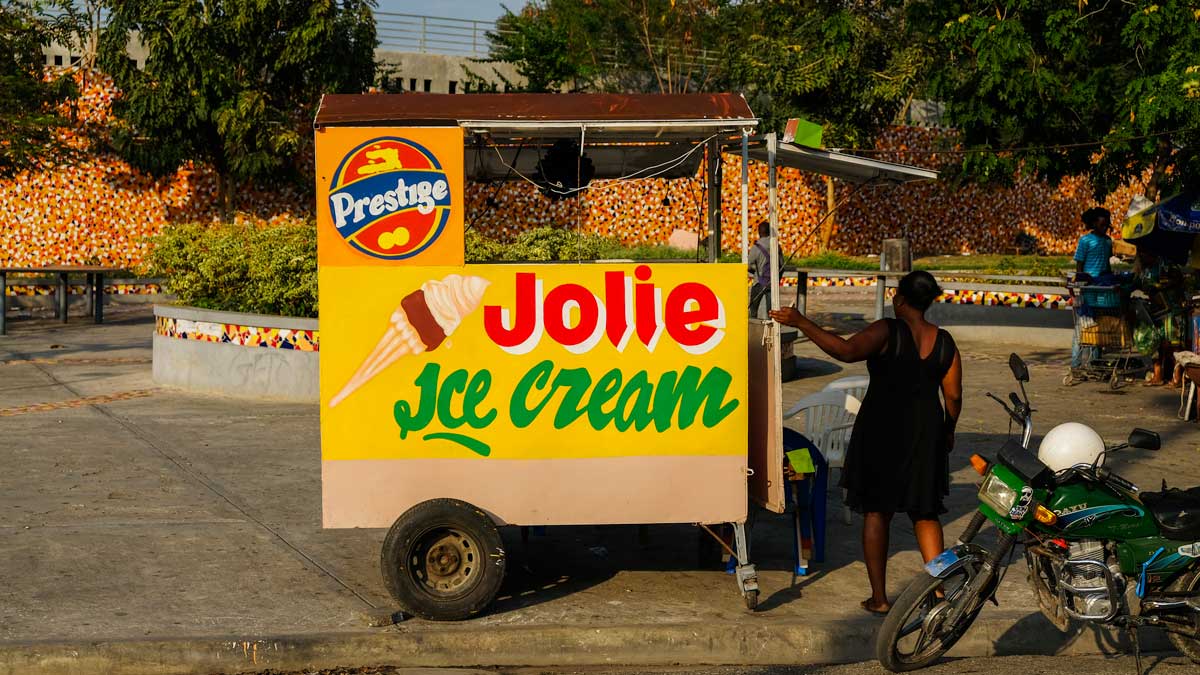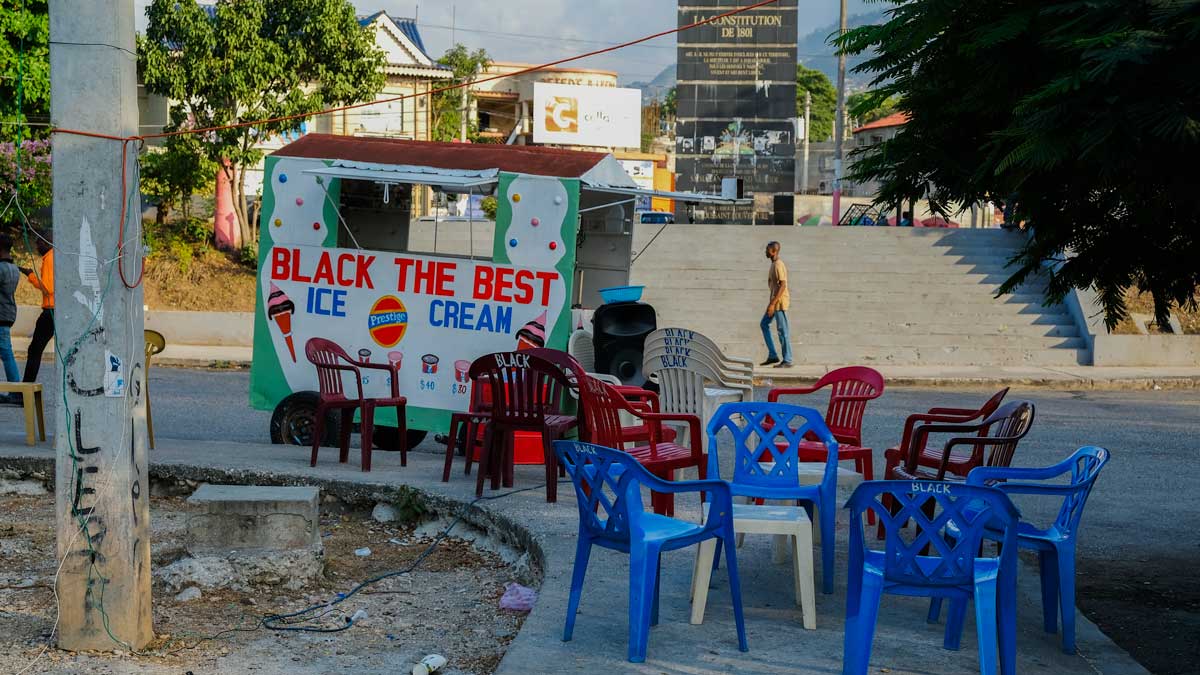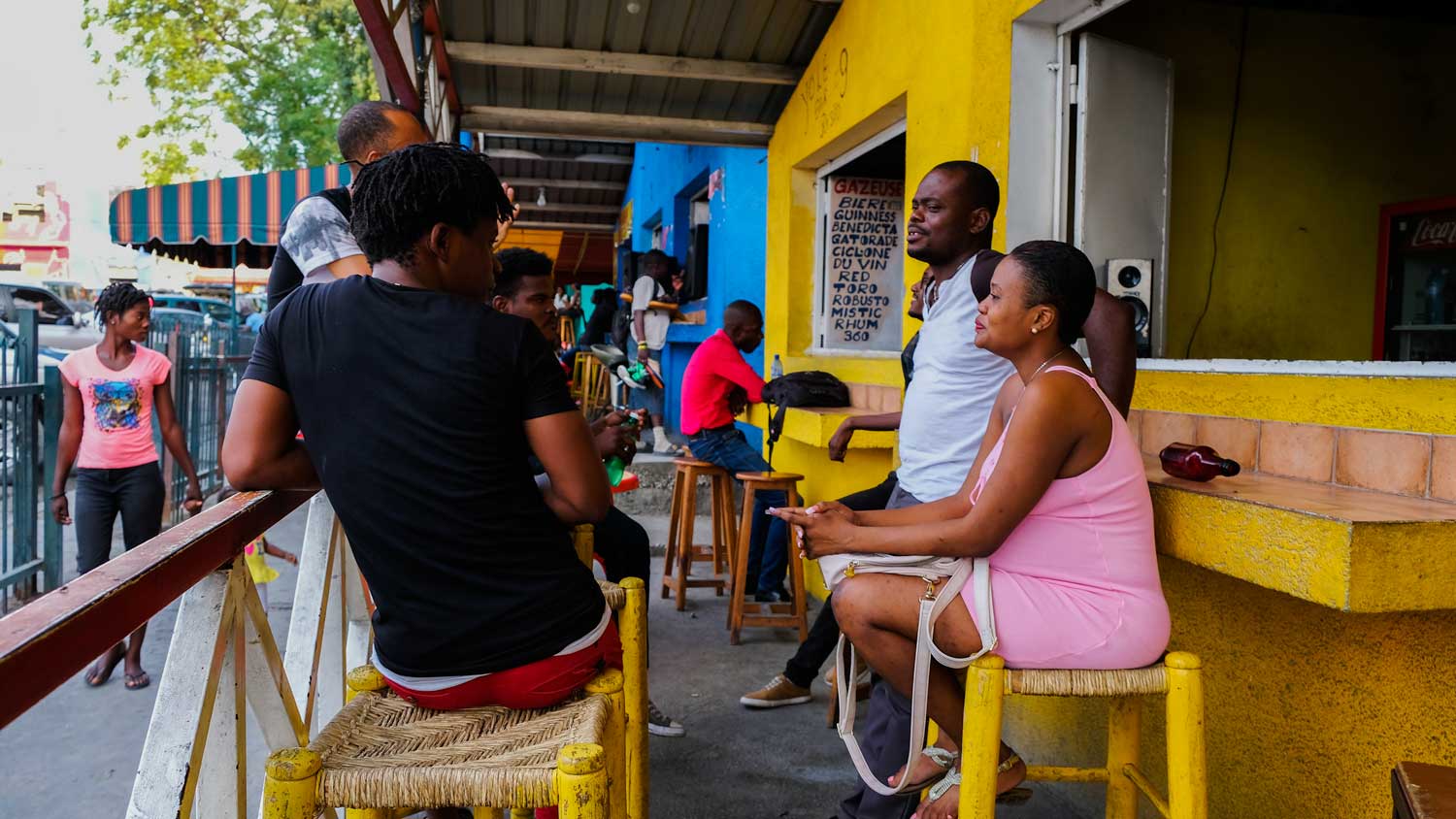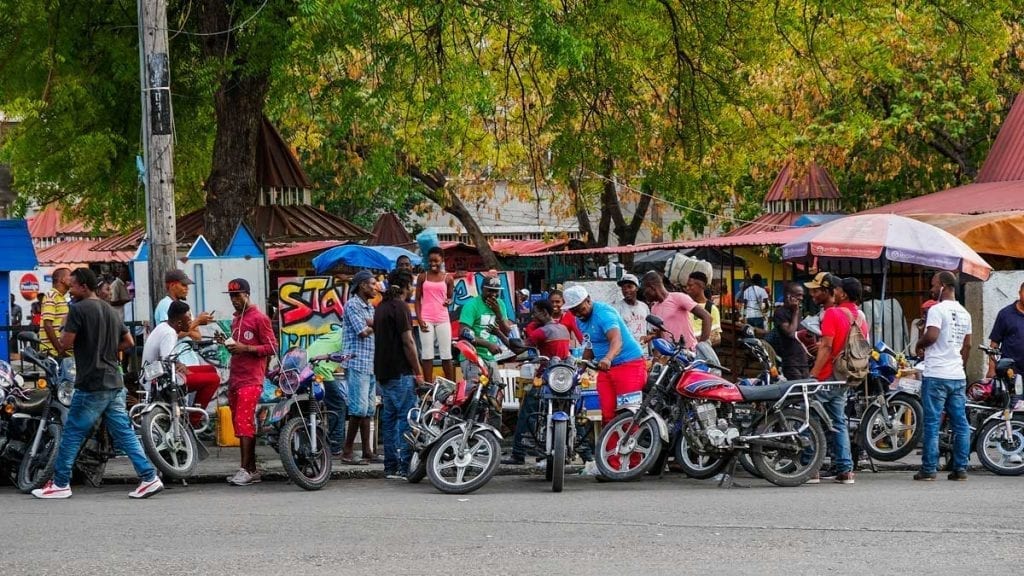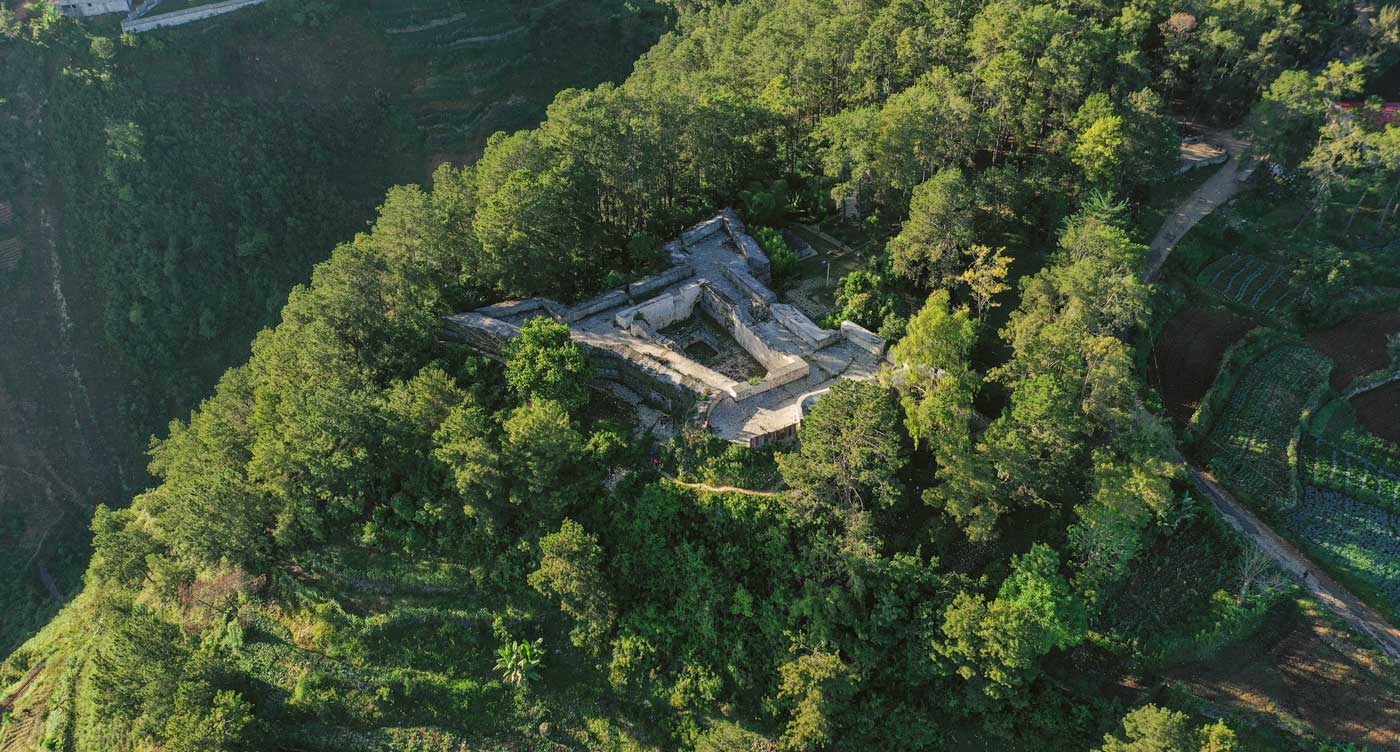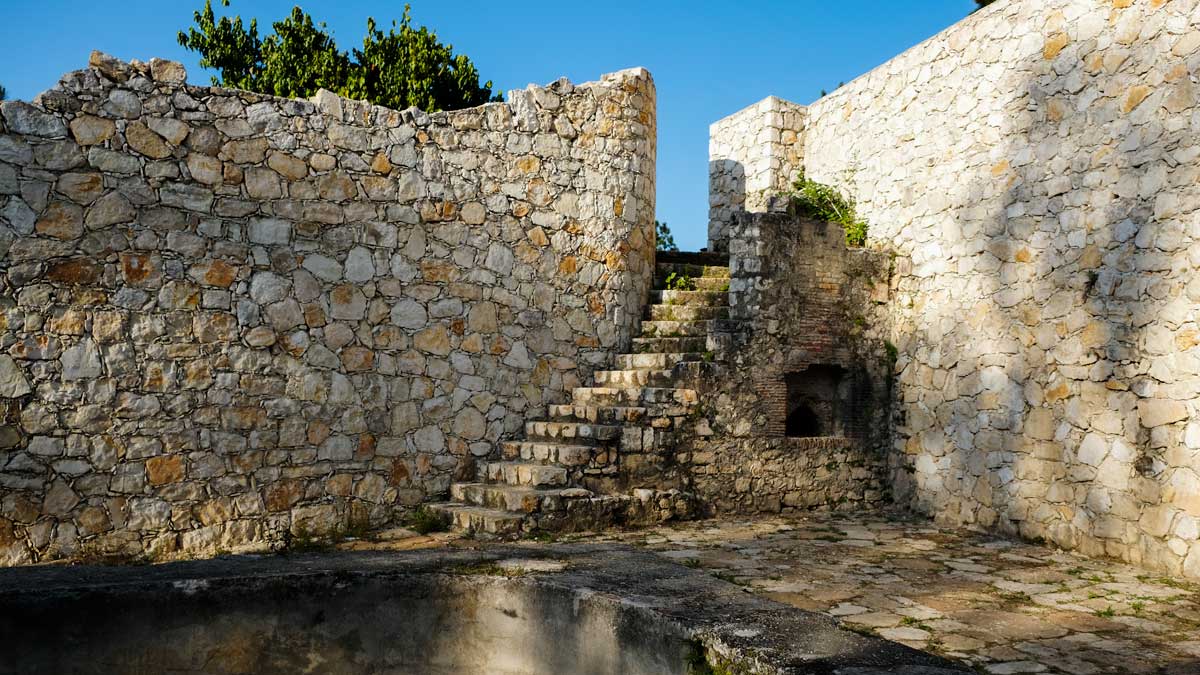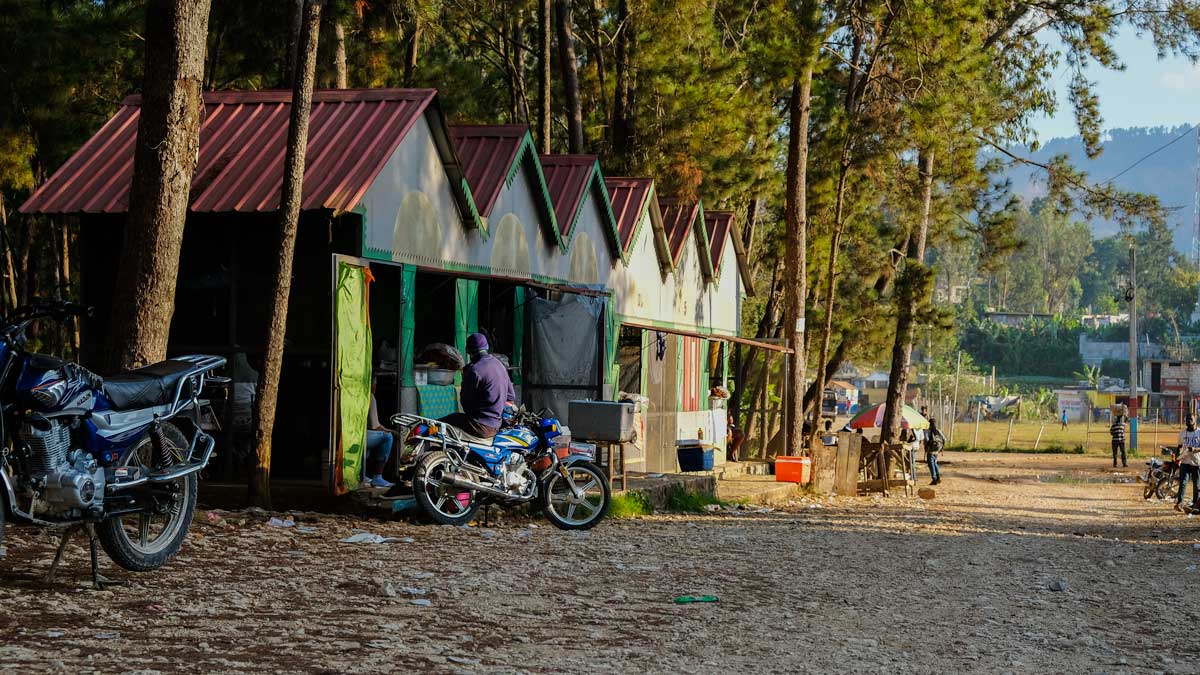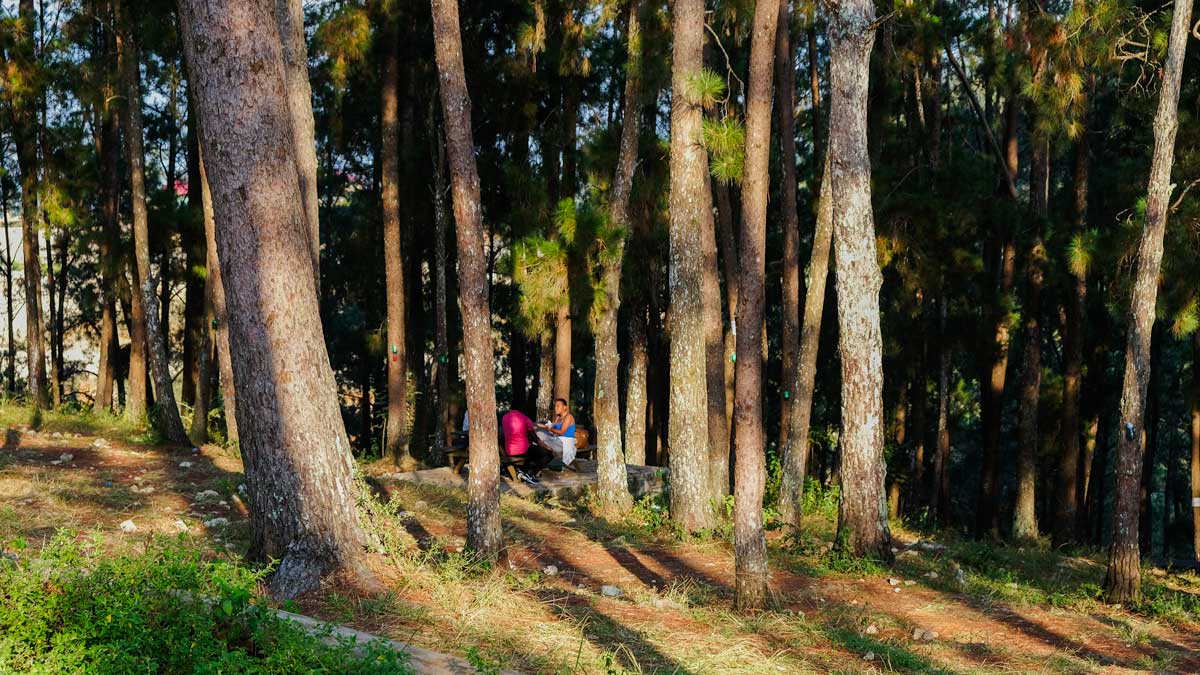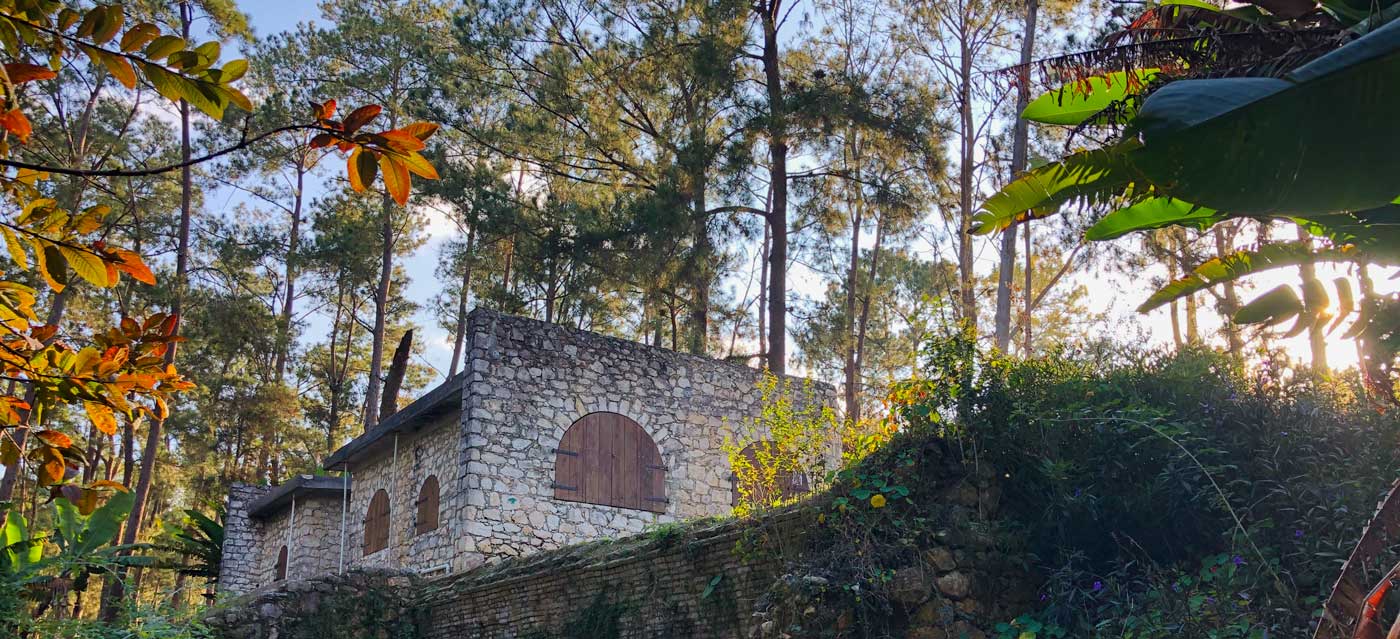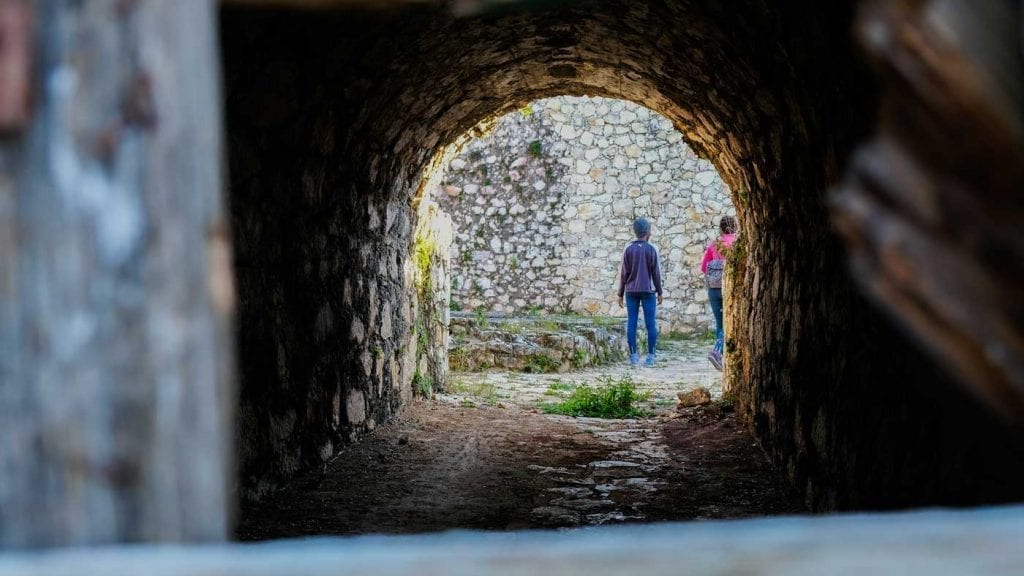
Photo: Photo: Ricardo Lartigue
Flights & getting here
How to travel to Haiti for less
From reservation to relaxation, here’s our guide to getting to Haiti.
Airports
Haiti has two major airports. Toussaint Louverture International Airport is located in Port-au-Prince, the capital city located roughly in the middle of the country. This is probably your first stop in Haiti.
Cap-Haïtien International Airport, near coastal city Cap-Haïtien, is the gateway to the north of the island. The Cap-Haïtien airport mostly services flights between Port-au-Prince and Cap-Haïtien.

Photo: Tom Barrett via Unsplash
Airlines
Airlines such as American Airlines, Air Europa, Air France, British Airways, Delta Airlines and JetBlue Airways offer flights at reasonable prices from different countries all over the world.
From America
Delta, JetBlue, and American Airlines are the main airlines with flights from the United States to Haiti – but keep in mind that these flights may include stops along the way, depending on how you make your travel arrangements.
From the Dominican Republic
Hot tip: a bargain flight into the Dominican Republic might be your cheapest way to get to Haiti. The island of Hispaniola is split down the middle, with the Dominican Republic on the eastern side and Haiti on the west. From the Dominican Republic, it is possible to take a short flight in an airplane, or to hop onto one of the many tourist bus companies based in Port-au-Prince, such as Terra Bus.
From Europe
If you are flying from Europe, Air France has regular flights to Haiti.
Non-stop flights
You can fly nonstop from Miami, Orlando, Atlanta, Fort Lauderdale and JFK. From other cities, it will depend on the airline and the specific flight. If you are flying to Haiti from New York with Delta Airlines, your flight will inevitably have at least one stop along the way – either in Atlanta, Georgia, or in Miami, Florida, as Delta has stopped direct flights between New York and Port-au-Prince, Haiti. Flying from Canada is more or less the same, although it’s always good to confirm with your airline of choice.
From Europe, some routes will be called “direct” – technically correct because you don’t change planes or even leave your seat – but do need to make a stopover on the way.

Photo: John Schnobrich via Unsplash
Find the best-value flights
Airfares to the Caribbean are generally quite stable. Prices peak around December and January, but sudden hikes outside of that are unlikely.
A return flight from Florida starts at about USD$250. A roundtrip from New York will set you back about $400. A round trip from London is about USD$850 (£660 or €750). All these prices are looking at February travel booked a few months in advance – they will be lower or higher depending on when you want to fly and how far in advance you are planning your trip.
Want to visit Haiti on a budget? Book in advance and choose the shoulder months of November, February and March.
Look for the best value flight packages that meet your needs, and then keep your eyes peeled for sales from the airline that offers the route/package you want to take.

Photo: Amanacer / Emily Bauman
When is the best time to travel?
Cost-wise, flight prices peak in December and January when demand is highest. This is also when flights are most regular, and depart from a higher number of airports across the world – some airports fly to the Caribbean weekly during the peak periods but not at all during the rest of the year.
For more advice on when to fly, see our article on when to travel to Haiti.
Avoid excess baggage fees
Be mindful of baggage fees. Some airlines allow one checked bag for free, and charge you for any extra bags, whereas some airlines will charge you for any and all checked bags. If you need to add checked luggage to your ticket, it’s much cheaper to do it at the time of booking or over the phone a few days before your flight.
Border crossings and VISA regulations
If you’re American, you’ll be glad to know American citizens can stay in Haiti Visa-free, for three-month periods at a time. The same is true for Canadians, and virtually all European and Asian passport holders (Visas are only required for citizens of Syria, Libya, Iran, Vietnam, Yemen, and Chechnya).
Citizens of the Dominican Republic, Panama, or Columbia will need to travel on a current US, Canadian or Schengen Visa to enter Haiti.
When you arrive in Port-au-Prince, you’ll need to pay a tourist fee of USD$10. It’s not much – but to make the process easier, do remember to get some USD notes before you get on the plane. You’ll be asked for the fee before you clear customs or reach a currency exchange bureau.
Getting to your hotel
If you are staying at a hotel or with a host in Haiti, make sure that your transportation arrangements are made ahead of time, for a smooth transition from the airport to your final destination.
Your hotel or host should be able to help you book transit, and you can even request a driver to be waiting for you at the airport.
Written by Kelly Paulemon.
Published November 2018
Top things to see in Haiti

Paradise for your inbox
Your monthly ticket to Haiti awaits! Get first-hand travel tips, the latest news, and inspiring stories delivered straight to your inbox—no spam, just paradise.





